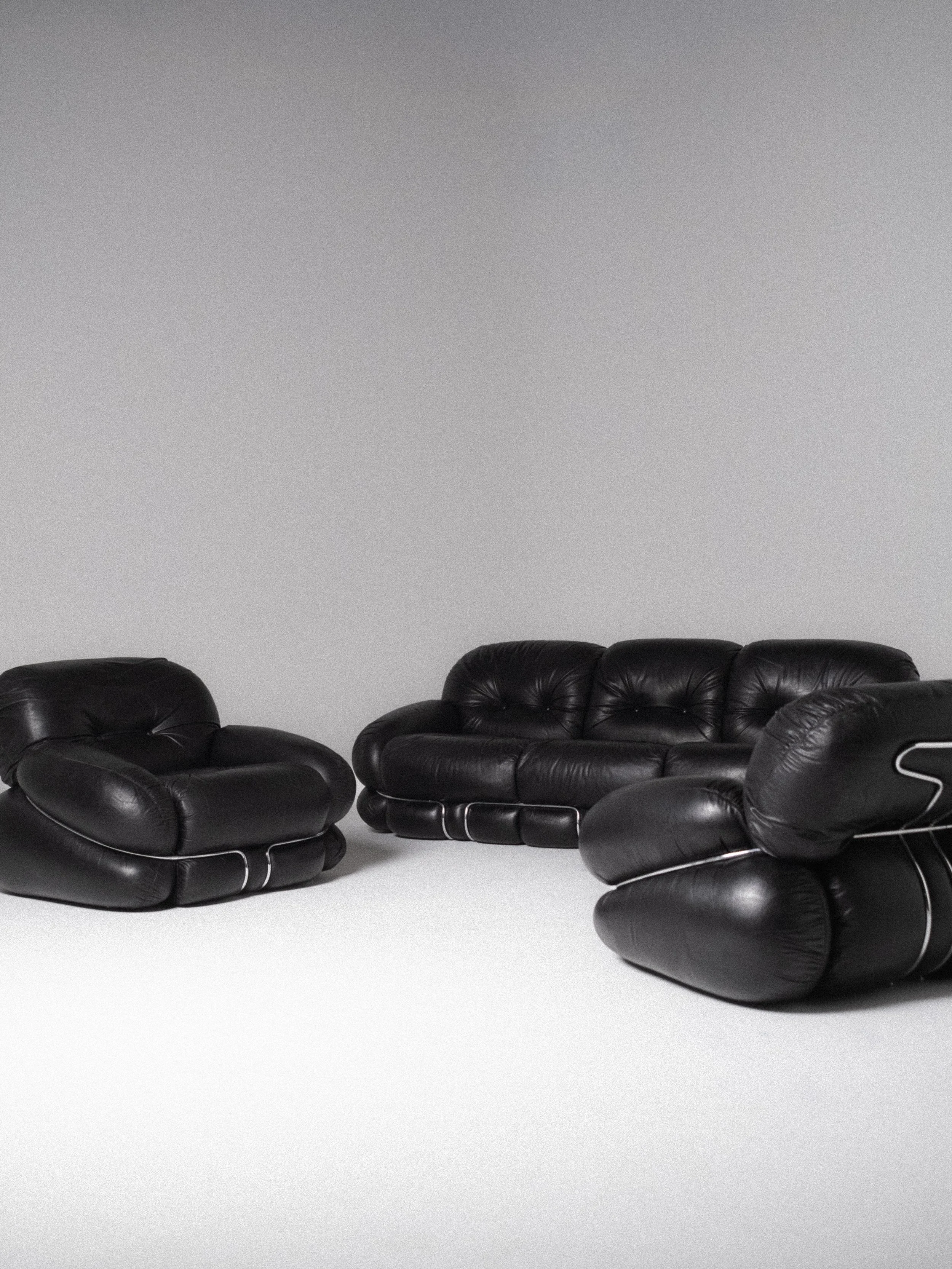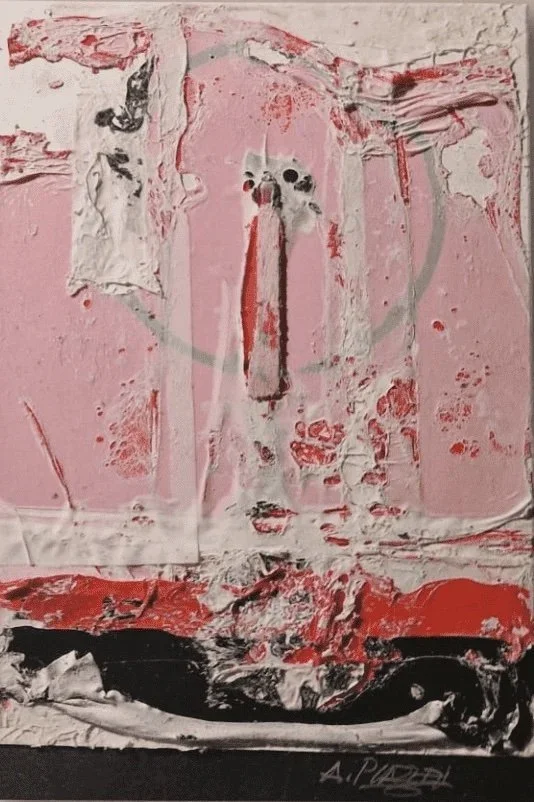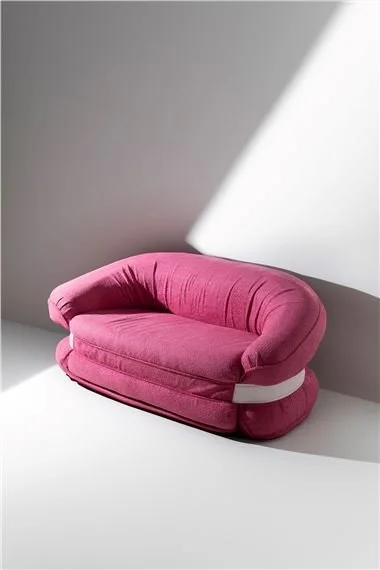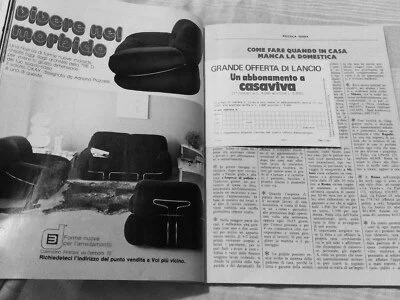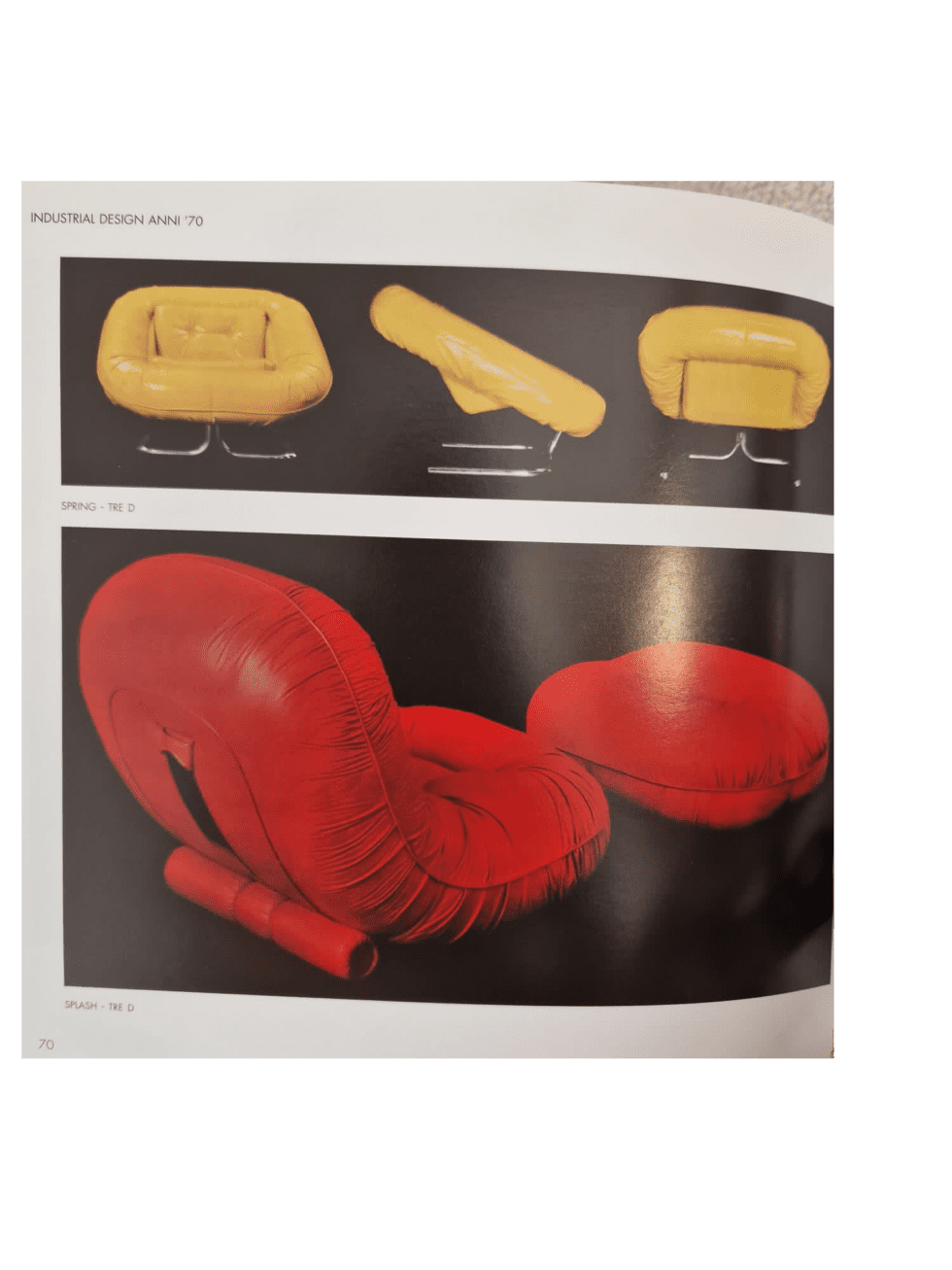ADRIANO PIAZZESI
1923 - 2009
Adriano Piazzesi was born in Florence on 4 July 1923. From a young age he was known as a free thinker and truant, and at just fourteen years old he abandoned his high school studies to attend the prestigious Accademia di Belle Arti in Florence. He was talented, particularly with an extraordinary ability as a freehand painter, and thrived in the nonconformist environment. Under the mentorship of Angelo Crepet (a poet and artist born in 1885) he learnt traditional water colour techniques historically used to depict an idealised Italy - one of colourful cities, rural scenes and farmland vistas.
Despite his love of art school, Piazzesi lived under the confinements of Mussolini’s fascist rule - and the Italy he painted so beautifully was not the Italy he lived within. At the same moment Piazzesi began to feel disillusioned by his practice, a reactionary artistic movement emerged in Italy - that of Abstract painting. This revolutionary medium was regarded as a powerful rejection of the fascist regime and its associated cultural ideals. In the aftermath of the war, movements like Informale and Arte Povera sought to break entirely from reality and societal structures, focusing on non-figurative forms, signs, and materials to express the post-war era's trauma and a desire for a new beginning. This shift represented a fundamental rethinking of art, and Piazzesi along with artists like Lucio Fontana and Alberto Burri used techniques such as slashing canvases and incorporating damaged materials in order to create a new aesthetic language detached from fascist value. For Piazzesi the substitution of watercolours and accurate depictions of the visual world for lines, shapes, colours, and forms was a way to express emotions, ideas, and his subjective experience.
It was in the late 1940s that Piazzesi began his degree in Architecture. At this time Italy's architectural scene was separated into two major movements: the La Tendenza neo-rationalist movement which exalted memory and the historic urban fabric of Italy (in an attempt to reconcile the pre-war history of Italy with modernism) and the movement of Radical Design borne in Florence. The Radical Architectural movement was anti-establishment, experimental and strove to break from both historic tradition and the confines of modernist thought. For Piazzesi such a culturally critical movement was a natural consequence of his abstract artistic philosophy.
In 1950, after completing a degree in Architecture from Piazzesi emerged in the world of furniture design. Combining architectural functionalities with his abstract artistic style, he designed groundbreaking pieces that are known for blending sculptural organic shapes with structural metal forms.
numerous awards and accolades, including the prestigious Compasso d'Oro award, which he won in 1954. Adriano Piazzesi was a true pioneer in the world of design, and his contributions to the industry will always be remembered. His passion, creativity, and dedication to his craft continue to inspire designers today, and his legacy will live on for generations to come.
“I’ve always believed great works can be something like a poem written with a limited vocabulary. Simplicity need not hinder, but elevate.”
ADRIANO PIAZZESI
KEY DESIGNS:
Lexikon 80: (1948): A flagship office typewriter that became an industry leader.
Lettera 22: (1950): Designed by Marcello Nizzoli, this portable typewriter won the Compasso d'Oro and is in MoMA's permanent collection.
Valentine: (1969): A colorful and portable typewriter designed by Ettore Sottsass and Perry A. King.Elea 9003: (1959): Olivetti's first transistorised electronic computer.
Divisumma: (1948): One of the first electric calculators
Programma 101 (1964) with the unveiling of the
Prodest PC 128: (1987): A significant personal computer from Olivetti.
Echos: (c. 1996): A popular line of laptop computers..
"Tumble" chair: Designed by Piazzesi for Tre D in 1973, this is another sought-after vintage piece.
“OKAY” armchair and sofa series: This three-seater sofa and accompanying armchairs designed in the 1970s and produced in various materials, including rich velvet, corduroy, and tufted leather.
"Premier" armchair: An earlier design from 1969, the "Premier" is a chair made without a typical metal or wooden frame, instead held together by a large leather belt.
"Loft" sofa: This geometric and minimalist sofa was designed by Piazzesi in 2003 for the Italian brand Arketipo.
"Flexa" chaise longue: A uniquely shaped chaise longue with a geometric and structural form, also created for Arketipo.


